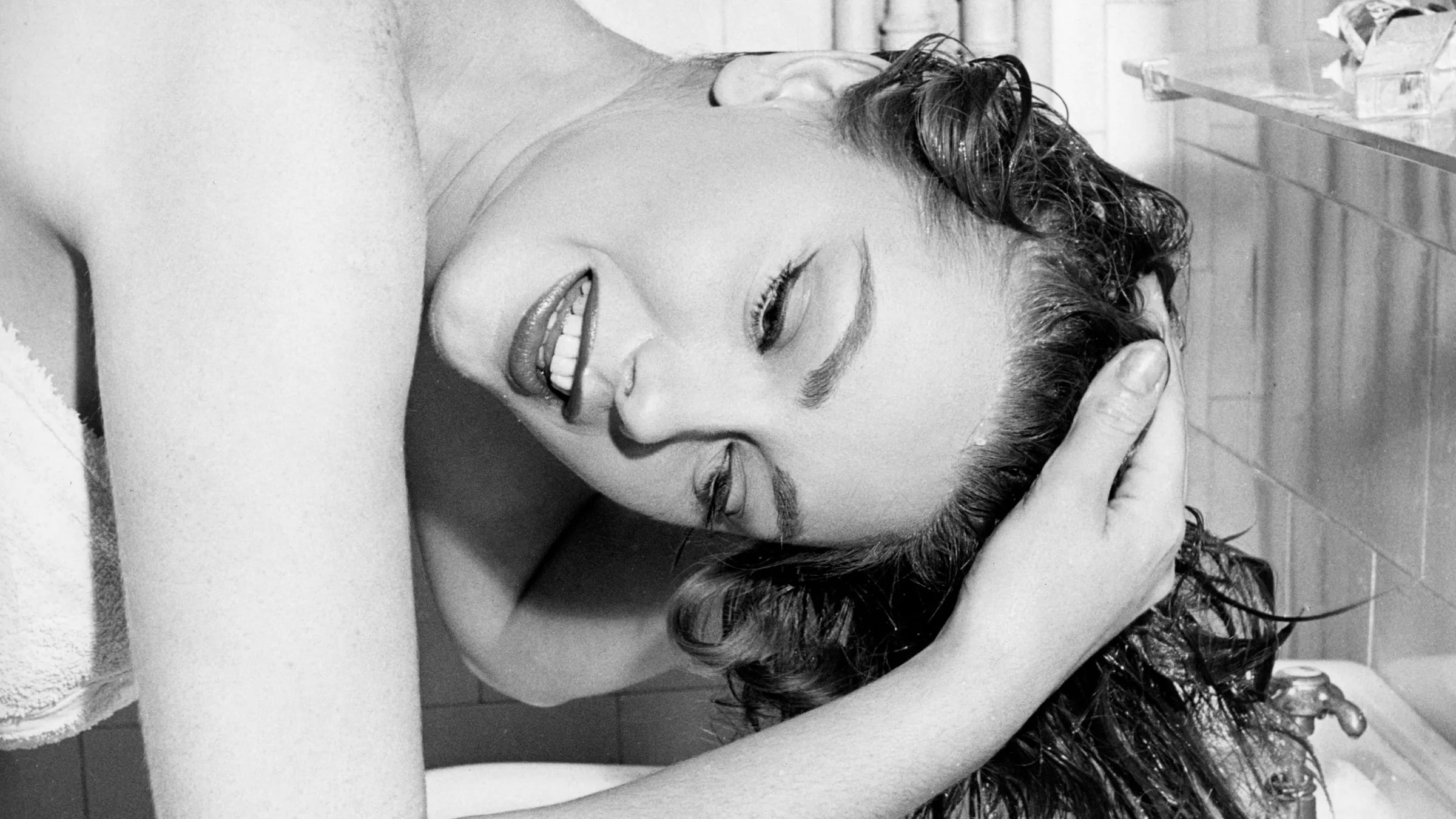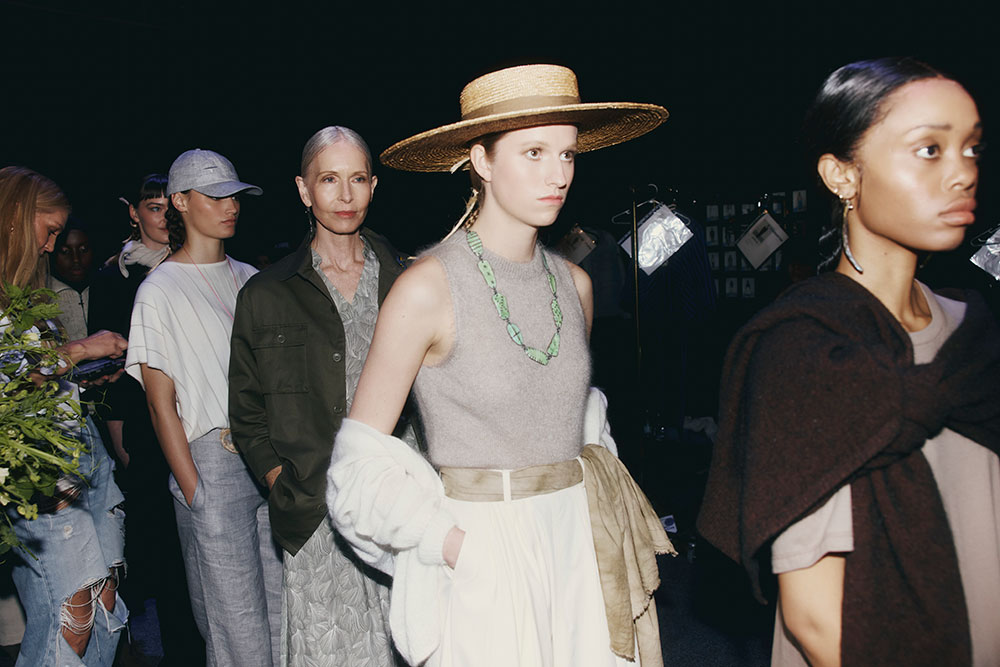Serum is a mainstay in our hair and skincare regimens, but how do we know which one is the right one to treat our beauty concerns? This is serum explained.

By Kiekie Stanners
There was once a time when the only information I knew about serum was that the texture was more watery than that of a creme and that it seemed logical to apply it before your facial moisturiser. Alas, we have much more information on the ingredients and benefits of a facial or hair serum at our fingertips now. Here's what I've learnt over the years.
A facial serum is a lightweight, highly concentrated formula designed with active ingredients. Because of the thin consistency, facial serums absorb into the skin quickly in order to effectively address specific skin concerns, such as fine lines, acne, dullness or collagen production. Generally, a face serum will contain one key highly concentrated ingredient that does all the hard work. This could be:
Hyaluronic Acid:
A powerhouse anti-ageing acid that targets fine lines by providing ultimate hydration.
Glycolic Acid:
An acid that boosts collagen production and gently exfoliates to give skin a ‘lit from within’ glow.
Vitamin C:
The acid is most known for brightening and illuminating the skin.
Retinol:
A form of vitamin A and a bit of a superhero product, Retinol is best used at night when it gently exfoliates and aids in the production of elastin and collagen.
KEY BENEFITS
Acne or breakout?
A serum that contains retinol or salicylic acid can contain and manage breakouts by removing dead skin cells, helping to unclog pores.
A desire for brightened skin?
A serum that is packed with Vitamin C can help to even out skin tone and to achieve a radiant, glowing complexion. As skin ages, it can look a little dull, due to the build-up of dead skin cells. Vitamin C helps to bring back that gloooooow.


Noticing fine lines or texture?
A serum is your best bet for its highly concentrated formula, especially one containing retinol, Vitamin C or peptides. A serum will get-to-work faster on skin texture than a moisturiser will.
Looking for hydration?
A serum pumped with hyaluronic acid can help to bring dry or lacklustre skin back to life. Applying a hyaluronic acid serum underneath moisturiser helps to work as a humectant and keeps skin hydrated all day long.


How best to use a facial serum?!
Your serum is designed to be applied after cleansing but before moisturiser. One pump or a full dropper is all you need. Massage into your face and neck with your fingertips.
Ensure your skin is prepared - cleanse to remove any makeup, sweat, excess oil and dead skin cells to get the best from your serum. Remember that these products have a higher concentration of active ingredients so a few drops or a pea-sized pump goes a long way. Whilst massaging the product into the face, go gentle - don’t rub so the product doesn’t ‘pill’ before applying your moisturiser.
Think about if this is a serum that would do its best work at nighttime - if it contains retinol, it will support your skin while it regenerates during your beauty sleep. Due to its photosensitivity, keep to the evenings with your retinol to protect the skin from sun damage and make sure you always moisturise afterwards to lock in hydration.

A hair serum works in a similar way, with ingredients designed to target a particular hair concern - frizziness, dryness, split ends or dullness.
Much like a face serum, hair serums are made with smaller molecules to penetrate the hair shaft more effectively. You will usually find the key ingredients to be botanical oils, keratins, proteins or even honey to enhance your hairs natural appearance. Some key ingredients to look for are:
Nutrient-Rich Oils:
You may find Argan, Lavender or even Pear oil within a serum ingredients list. These botanical oils give the hair a great big ol’ drink, nourish, moisturise and can protect the hair shaft from environmental damage.




Proteins:
One of the key protein ingredients can be keratin - the superstar product for your hair, skin and nails. This plant-based protein, when used topically, can help to smooth, de-frizz and bring back shine to hair.
Antioxidants:
Rich in antioxidants are ingredients such as Vitamin C and Green Tea extract. These potent antioxidants fight against environmental damage and colour fading.


The lightweight formula means that hair serum is almost an instant-fix product - one that can be used as a styling tool and a quicker fix to tame frizziness than say a hair oil. In order for a hair serum to work it's magic best, apply to clean, freshly washed hair. This way it can act as a shield to environmental grime. And yes! Apply a serum to the ends of the hair all the way up to the mid-length. Steer clear of applying to the roots to avoid the hair looking oily.
Apply a pea-sized amount of serum on the palm of your hands, let it breath for 5 seconds or so to soften then rub together in the palm of the hands so the product can heat up a little. Rub into damp, clean hair before styling to lock in the benefits.
Hair serum can work as a protector against UV and heat damage, by coating the hair for all-day-long protection. Again, ensure you are applying the serum to the mid-ends to avoid oily roots and weighing down the hair.
Remember - a hair serum is ideal for instant smoothing and a quick fix to treat the hair at the surface. If hair cuticle conditioning is what your hair needs, then reach for a hair oil instead.

